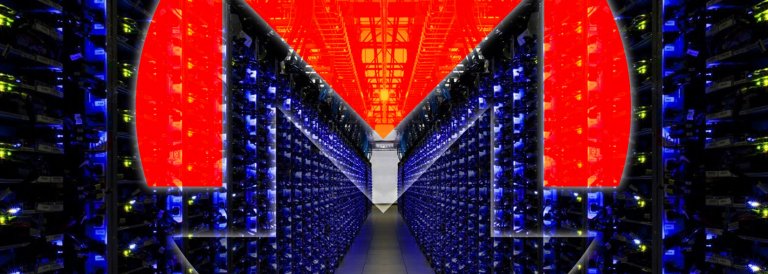 Monero’s Anti-ASIC Hard Fork Successful Amidst An ASIC Domination Debate
Monero’s Anti-ASIC Hard Fork Successful Amidst An ASIC Domination Debate Monero’s Anti-ASIC Hard Fork Successful Amidst An ASIC Domination Debate

Cover art/illustration via CryptoSlate. Image includes combined content which may include AI-generated content.
In the days following the much anticipated anti-ASIC hard fork on Monero’s network on April 6th, miners who were early to the update managed to double, some even tripled their daily profits by upgrading their machines to match the new network standards.
The temporary decrease in hashing power on Monero’s Network on April 6th during the scheduled network upgrade was in part a hard fork triggered by Bitmain’s earlier announcement of the new privacy specialized Antminer X3 ASIC miners in a tweet posted on 15th of March.
The giant manufacturer of the popular Antminer mining machines announced the planned release of the new Antminer X3 designed to mine privacy-centric coins such as Monero.
We are pleased to announce the Antminer E3, world's most powerful and efficient EtHash ASIC miner.
Ordering limit of one miner per user and not available in China.
Limited stock, order here now: https://t.co/Zfw3afjJHs#antminerE3 pic.twitter.com/SjHu2eUThp— BITMAIN [Not giving away ETH] (@BITMAINtech) April 3, 2018
Right after the announcement, Bitmain’s Antminer X3 came head to head with a notable tweet from Riccardo Spagni (lead developer at Monero) reminding the Monero community that the Antminer X3 would not work on the updated Monero network.
In his post, he retweeted Bitmain’s post in a move that showed Monero’s determination to execute on the scheduled ASIC resistance changes that were to be implemented on the network before the shipping of the new Antminer.
Just a reminder that this WILL NOT work on Monero https://t.co/rhy6k2I4Yh
— Riccardo Spagni (@fluffypony) March 15, 2018
Maintaining the ASIC resistance race
In the same thread, concern over the longevity of the anti-ASIC hard fork strategy was questioned by a Twitter user. To respond to this, Spagni mentioned that since it takes about 5 months for development of Bitmain’s miners to be complete and ready for shipping, Monero will be changing its PoW protocol every 3 months to maintain ASIC resistance status making it hard for the ASIC chip manufacturer to outpace the network.
It takes AT LEAST 5 months to design, tape out, and take delivery of ASICs. We can merge the PoW change 3 months before our regular hard fork and they won’t be able to outpace the network.
— Riccardo Spagni (@fluffypony) March 15, 2018
The reason behind the ASIC Resistance Race
Right after the tweets from Spagni confirming Monero’s anti-ASIC hard fork that would render Antminer X3 obsolete were received, Bitmain updated its Antiminer X3 sales page with the following:
“One major cryptocurrency which is using CryptoNight hash function is about to change their PoW algorithm, and according to their public statement, it is purposely to brick ASIC mining rigs including X3. When you are buying it, you are betting that they are wrong.”
The war against ASIC miners has been ongoing in the crypto space for a while. Monero’s strategy, according to Spagni, is to come up with unpredictable proof of work mathematical models that will keep companies such as Bitmain from coming up with dedicated machines that would enable certain miners to have a monopoly over the network through owning the more powerful ASIC miners.

In the crypto world, the phenomenon where a network loses its decentralized and democratic attribute due to a huge stake held by ASIC miner owners is called centralization.
In fact, the ASIC centralization debate has been the main problem faced by the Bitcoin Blockchain, such that manufacturers and miners with more powerful ASIC miners are able to control the overall decision making of the entire network.
The inevitable ASIC domination
Although Monero is determined to remain ASIC resistant for the long run, there have been critics in the crypto space saying that the fight against ASIC miners won’t last long.
Furthermore, a blog from Monero’s site admitted that although ASIC resistant changes will continue to be made, the ASICs may be inevitable “and that any transition to an ASIC dominated network needs to be as egalitarian as possible to foster decentralization.”














































































































